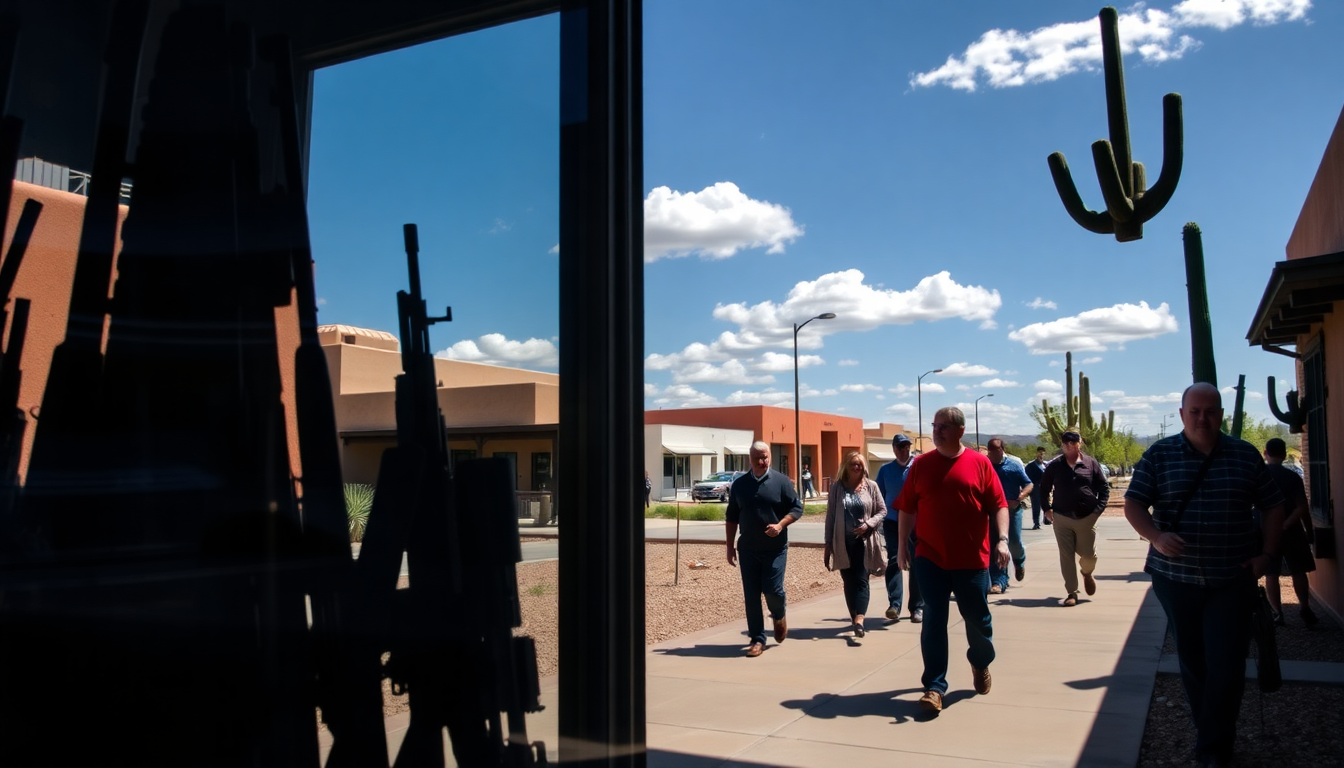Table of Contents
The recent ruling by a federal appeals court to suspend New Mexico’s seven-day waiting period for gun purchases has sparked a lively debate about the balance between gun rights and public safety. This decision not only underscores the ongoing national conversation about the Second Amendment but also sheds light on the intricate legal landscape surrounding firearm regulations in the United States. As the court pointed out, the right to keep and bear arms is fundamental, and any restrictions must be carefully examined to ensure they align with our constitutional rights.
Understanding the Court’s Ruling
The 10th U.S. Circuit Court of Appeals made a significant move with a 2-1 ruling that effectively halts the waiting period law, raising concerns about its constitutionality. Judge Timothy Tymkovich, who authored the majority opinion, argued that the waiting period likely imposes an unconstitutional burden on citizens’ Second Amendment rights. This ruling sends the case back to a lower court, opening the door for further legal challenges. The waiting period, originally put in place to allow time for federal background checks, is now on hold while the legal process continues.
Back in May of last year, this waiting period law was introduced as a measure aimed at enhancing public safety, particularly for domestic violence victims who might need immediate access to firearms for protection. However, the court’s ruling calls into question whether the law fits within the historical framework of acceptable firearm regulations, challenging its legitimacy. This decision could set a significant precedent for similar laws nationwide, as various states wrestle with their own gun purchase regulations.
Legal and Social Implications
The implications of this ruling stretch far beyond New Mexico, raising important questions about the future of gun control legislation in other states with similar laws. Legal experts believe this case could influence ongoing discussions in states like California and Illinois, where waiting periods have also been implemented. Supporters argue that waiting periods are essential in preventing impulsive acts of violence, especially during moments of emotional distress. Research often cited suggests a link between waiting periods and reductions in suicide rates and crimes of passion.
Conversely, opponents, including groups like the National Rifle Association, contend that such laws infringe on individual rights and hinder access to self-defense tools when they are most needed. Advocates for gun rights see the ruling as a victory in their ongoing struggle against what they consider excessive gun control measures. The dissenting opinion within the court illustrates the complex nature of this debate, highlighting the necessity for a balanced approach that considers both safety and constitutional rights.
Looking Ahead: Future Considerations and Predictions
As the legal proceedings progress, it’s crucial to think about the broader implications of this ruling. Governor Michelle Lujan Grisham expressed her disappointment, arguing that this decision could lead to an uptick in gun violence and put lives at risk. Throughout her tenure, she has implemented several gun control measures, including a red flag law and restrictions on firearm possession in sensitive areas.
Looking ahead, the possibility of an appeal to the U.S. Supreme Court looms large. If the Supreme Court decides to take up this case, it could result in a landmark decision clarifying the scope of Second Amendment rights and the legitimacy of waiting periods across the nation. The outcome will likely shape not just New Mexico’s regulations but also set an important precedent that could influence firearm laws on a national scale.
As the conversation about gun rights and regulations continues, it’s essential for everyone involved to engage in constructive dialogue. The balance between individual rights and public safety is a contentious issue, and the legal landscape will undoubtedly shift as new rulings and regulations emerge. How do we strike that balance in a way that respects both freedom and safety?


